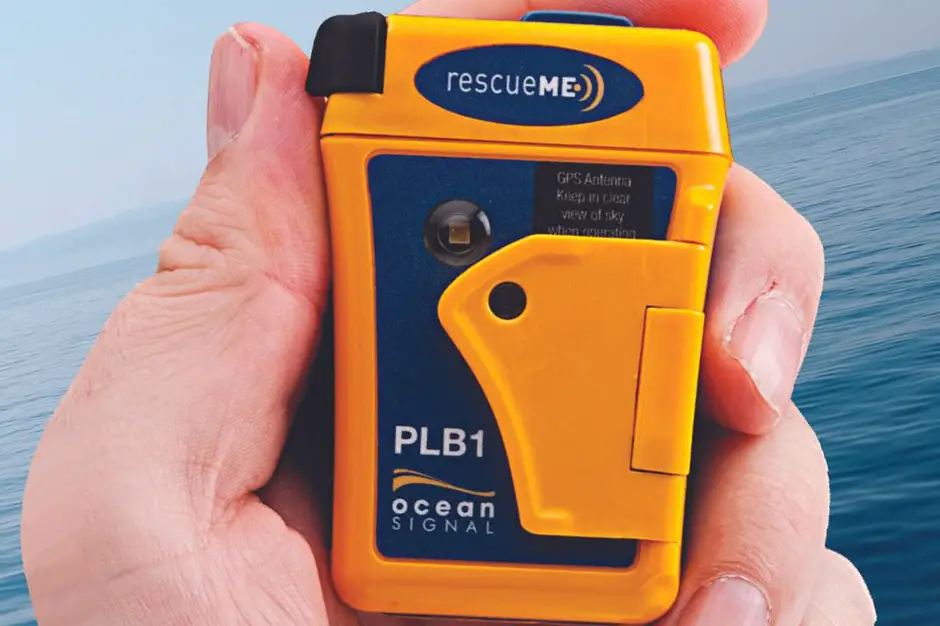You’ve had a fantastic day out on the water, but now your life jackets look worse for wear. Whether it’s a day of fishing, water skiing, or just cruising around, life jackets can easily accumulate dirt, grime, and even some funky smells. Don’t worry – we’ve got you covered!
In this article, we’ll walk you through washing, stain and smell removal, rinsing and drying techniques, proper storage practices, and when it’s time to replace those old, worn-out life jackets.
Keeping your life jackets clean and well-maintained not only ensures that they’ll last longer but it’s also essential for your safety. After all, a life jacket is only as good as its ability to keep you afloat in the water.
So, follow along as we guide you through cleaning and caring for your life jackets, ensuring that you and your loved ones stay safe and comfortable while enjoying your favorite water activities.
How Do You Wash a Life Jacket?
If you are washing a water-activated Inflatable PFD, remove the water-activated cartridge before cleaning. This will need to be refitted after the jacket has completely dried.
Washing a life jacket isn’t as tricky as you might think, and keeping it fresh and well-maintained is essential for your safety and comfort on the water. To clean life jackets, all you need to do is mix a mild cleaning solution with water, using a gentle soap or detergent.
You’ll also want to have a soft brush handy for scrubbing away dirt and grime. Once you’ve prepared your cleaning solution, simply dip the soft brush into it and gently scrub the life jacket, paying special attention to any stained or particularly dirty areas.
After thoroughly scrubbing your life jacket, rinse it off with clean water to remove any soap residue. It’s important to make sure the life jacket is fully rinsed, as any lingering cleaning solution can damage the fabric and reduce the jacket’s effectiveness.
Once you’ve rinsed the life jacket, gently shake off any excess water and let it air dry, preferably outdoors or in a well-ventilated area. Remember, never use a machine dryer or direct heat source to dry your life jacket, as this can cause damage and compromise its safety features.
Stain and Smell Removal Methods
To clean a life jacket and ensure it stays looking and smelling fresh, there are a few simple methods you can follow to remove tough stains and banish that pesky mildew odor.
First, create a cleaning solution by mixing one part liquid laundry detergent with three parts water. This will help to break down and lift away any dirt or grime.
Next, use a soft brush to gently scrub the stained and smelly areas of your life jacket. Be sure to use circular motions, as this will help to work the cleaning solution deep into the fabric.
Rinse your life jacket thoroughly with clean water to remove any remaining detergent residue.
Finally, hang your life jacket to air dry, preferably in a well-ventilated area away from direct sunlight, to help to prevent any lingering odors.

Rinsing and Drying Techniques
Proper rinsing and drying techniques are crucial for maintaining your flotation device’s freshness and longevity.
After cleaning your life jackets, it’s essential to rinse them thoroughly with fresh water to remove any soap or cleaning solution residue. Be sure to follow the instructions in your life jacket owner’s manual for rinsing, as improper rinsing can damage the materials and decrease the life jacket’s effectiveness. To make sure you’ve done a thorough job, you can use the following table as a guide:
| Rinsing Technique | Description |
| Hose Spray | Gently spray the life jacket with a hose to rinse off the cleaning solution. |
| Bucket Rinse | Fill a bucket with clean water and dunk the life jacket multiple times to wash away any remaining soap. |
| Shower Rinse | Hang the life jacket in the shower and use the showerhead to rinse it thoroughly. |
| Faucet Rinse | Hold the life jacket under a running faucet, making sure to reach all the nooks and crannies. |
Once you’ve rinsed your life jacket, it’s time to dry it. Proper drying techniques are essential to prevent the growth of mold and mildew, which can cause unpleasant odors and damage the life jacket’s materials. First, open all air chambers and gently shake out any excess water. Then, allow the life jacket to drip dry, preferably outdoors in a shaded area away from direct sunlight, as prolonged sun exposure can weaken the fabric. Avoid using a clothes dryer or other heat sources, as high heat can damage the life jacket’s components. It might take a day or two for the life jacket to dry completely, but patience is key to preserving its effectiveness and lifespan.
Proper Storage Practices
Now that you’ve mastered rinsing and drying techniques, let’s delve into effective storage practices to keep your flotation devices in prime condition.
Proper storage practices are essential to extending the life of your life jackets and maintaining their functionality. When it comes time to store life jackets, always choose a dark place, away from direct sunlight, as UV rays can cause damage to the material over time. Additionally, select a well-ventilated space to prevent mold and mildew growth, which can compromise the buoyancy and overall effectiveness of the life jacket.
Before placing your life jackets in storage, make sure they are completely dry. If possible, hang them by the straps or on a hanger to allow air circulation around the entire jacket. Avoid stacking life jackets, as this can compress the foam and reduce their buoyancy. Instead, store them in a loose, uncompressed manner, such as hanging them or placing them on a shelf.
By following these proper storage practices, you’ll ensure that your life jackets remain in top condition and ready for use when you need them most.

Can Cleaning Extend the Life of a Life Jacket?
Cleaning your life jacket is essential for its longevity. However, using an expired life jacket can be risky and even life-threatening. Ensure you gather accurate expired life jacket information to make informed decisions about their effectiveness. A clean life jacket combined with up-to-date safety standards can greatly extend its life and keep you safe on the water.
Replacing Unsafe Life Jackets
It’s heartbreaking to let go of your trusty flotation devices, but recognizing when it’s time to replace unsafe ones is crucial for your safety and those around you.
Replacing unsafe life jackets is a necessary step in maintaining a clean life around water. Even with proper cleaning and storage practices, life jackets can wear out over time, compromising their buoyancy material and overall effectiveness.
Regularly inspect your personal flotation devices for any damages or signs of wear, and make the responsible decision to replace them when needed.
When assessing your life jackets, check for any rips, tears, or frayed straps that could affect their performance. Additionally, look for any signs of mold or mildew, as these can break down the buoyancy material over time.
If you find that your life jackets no longer provide the proper support or if they’ve been through a significant event, such as a water rescue, it’s time to invest in new personal flotation devices. Remember, your safety and the safety of those around you relies on the proper functioning of these essential items.






Leave a Reply